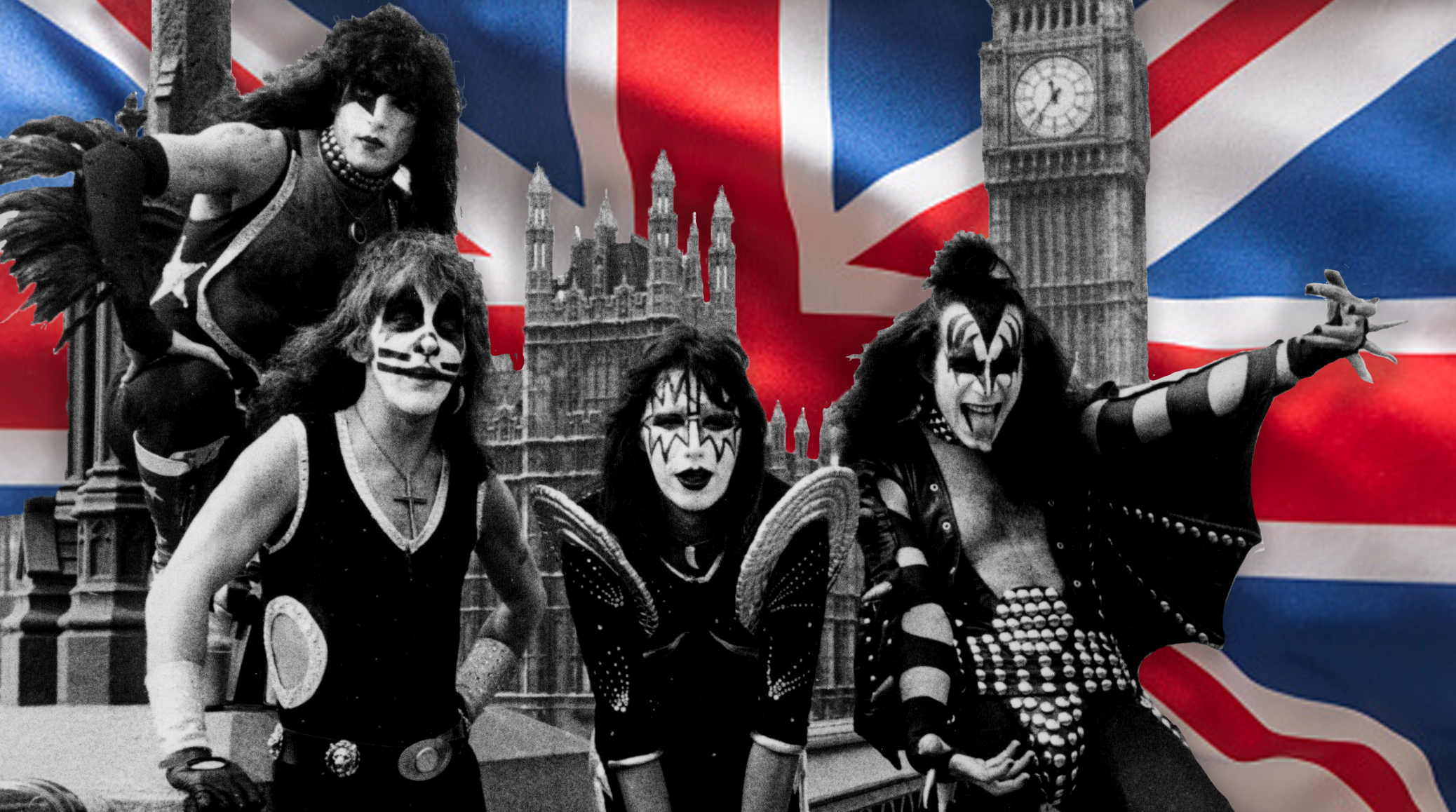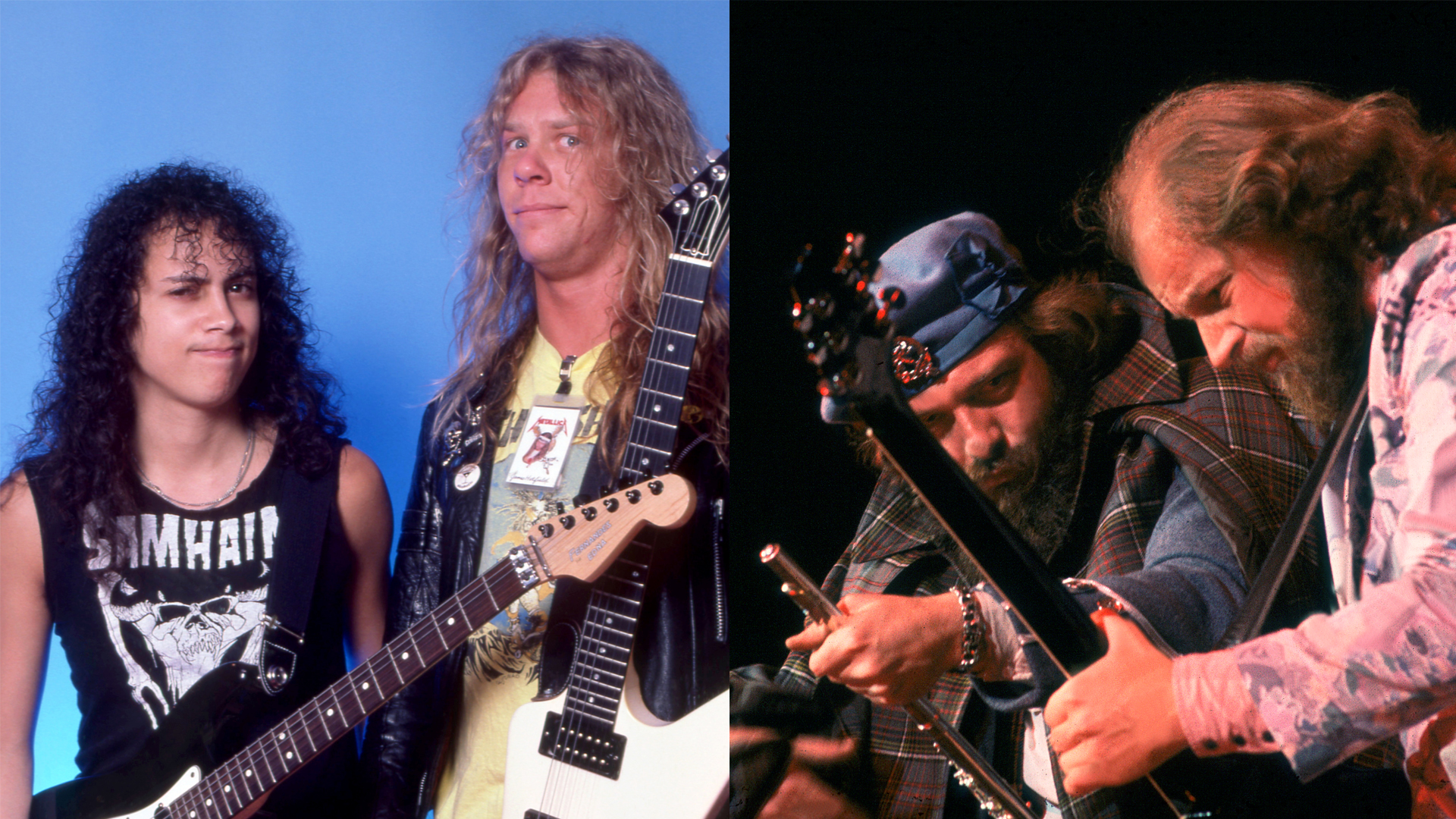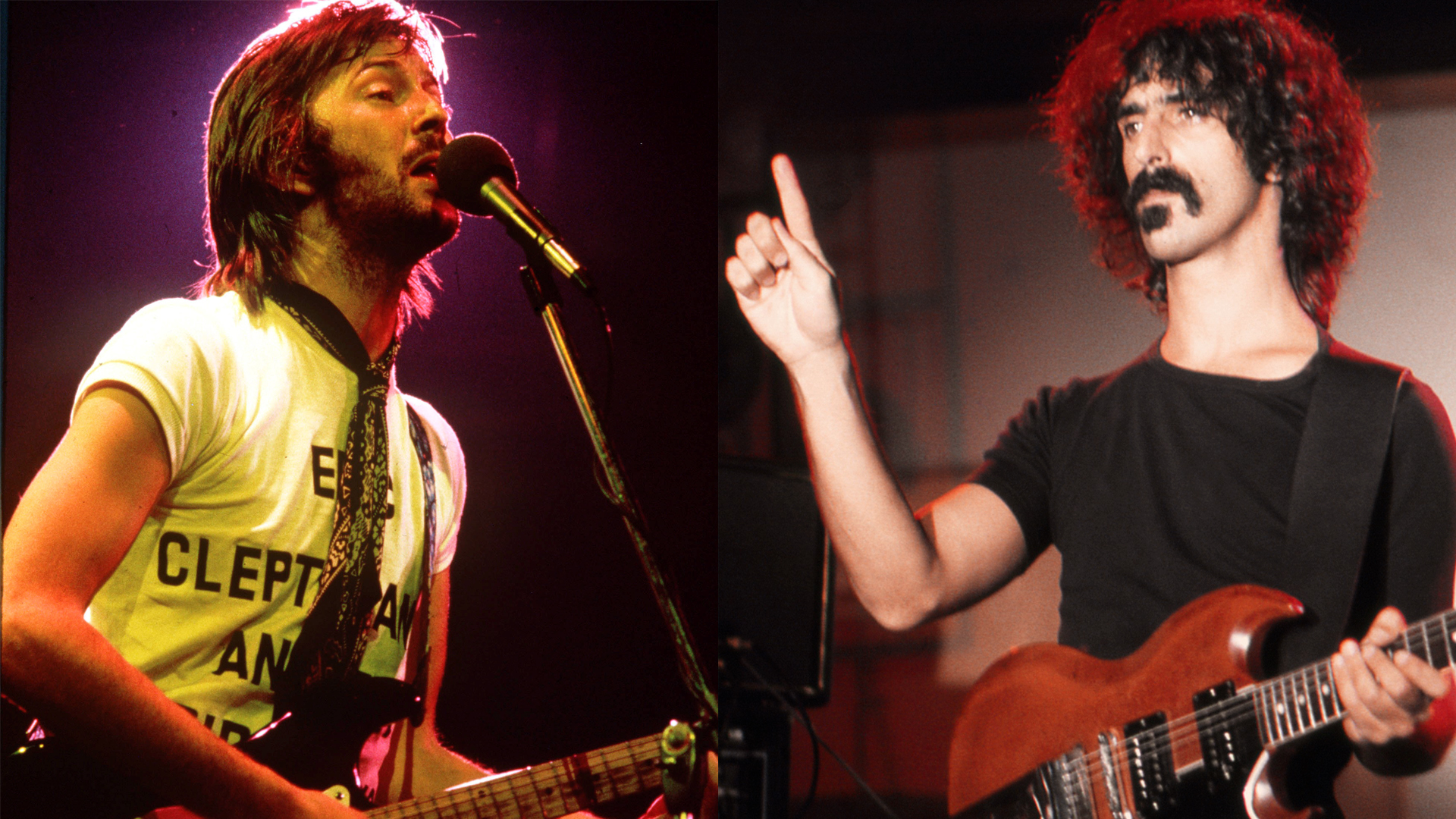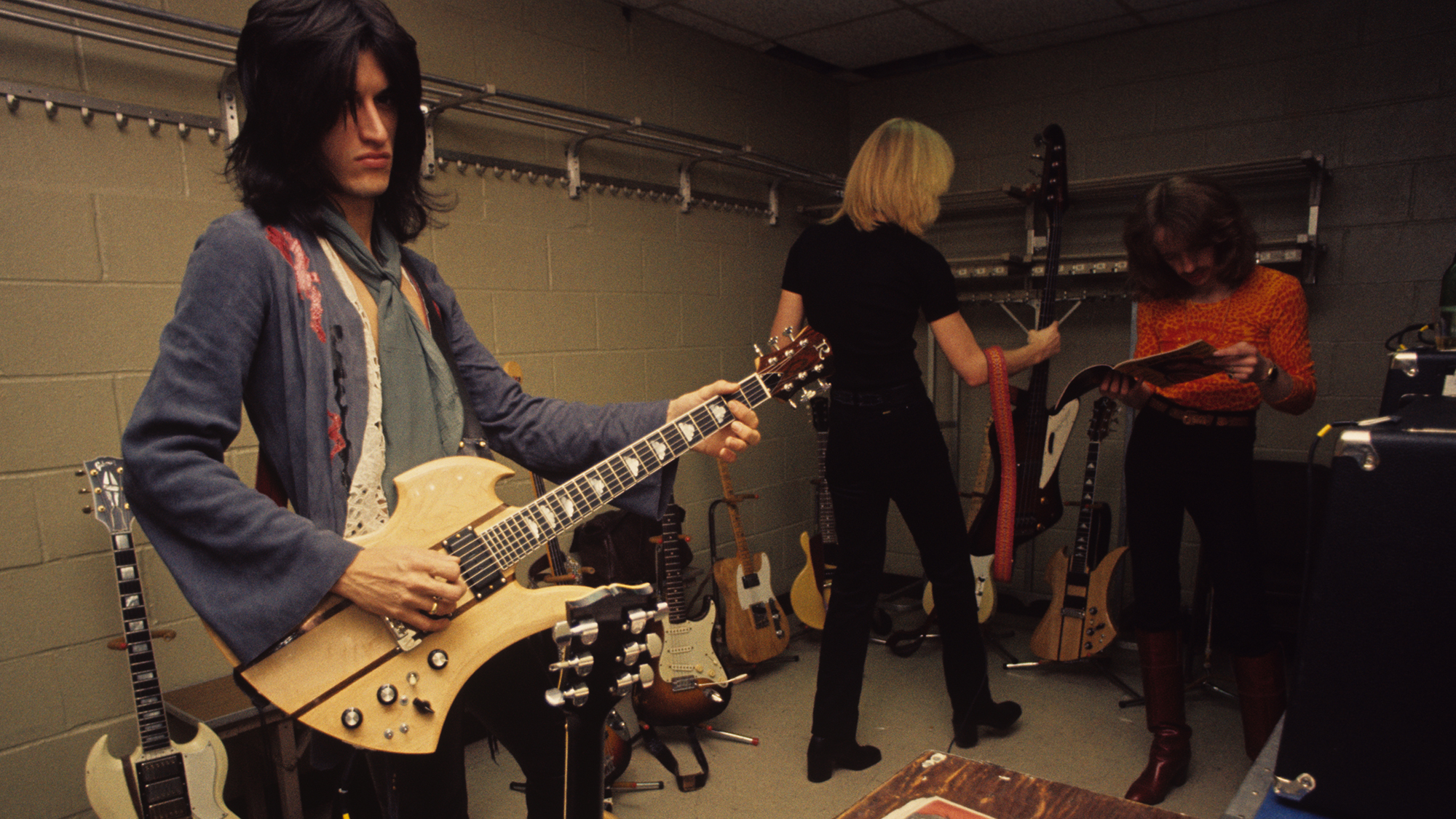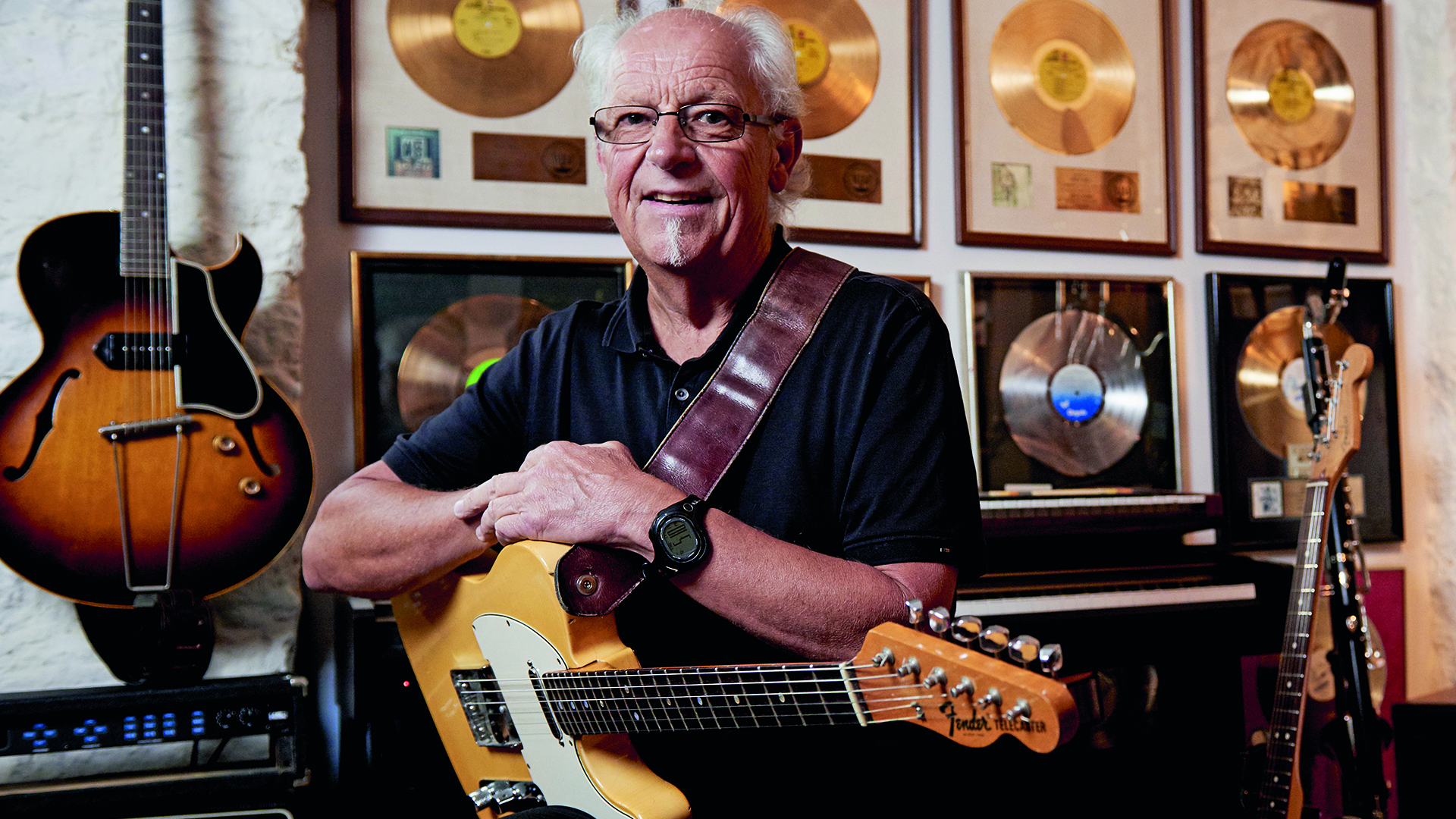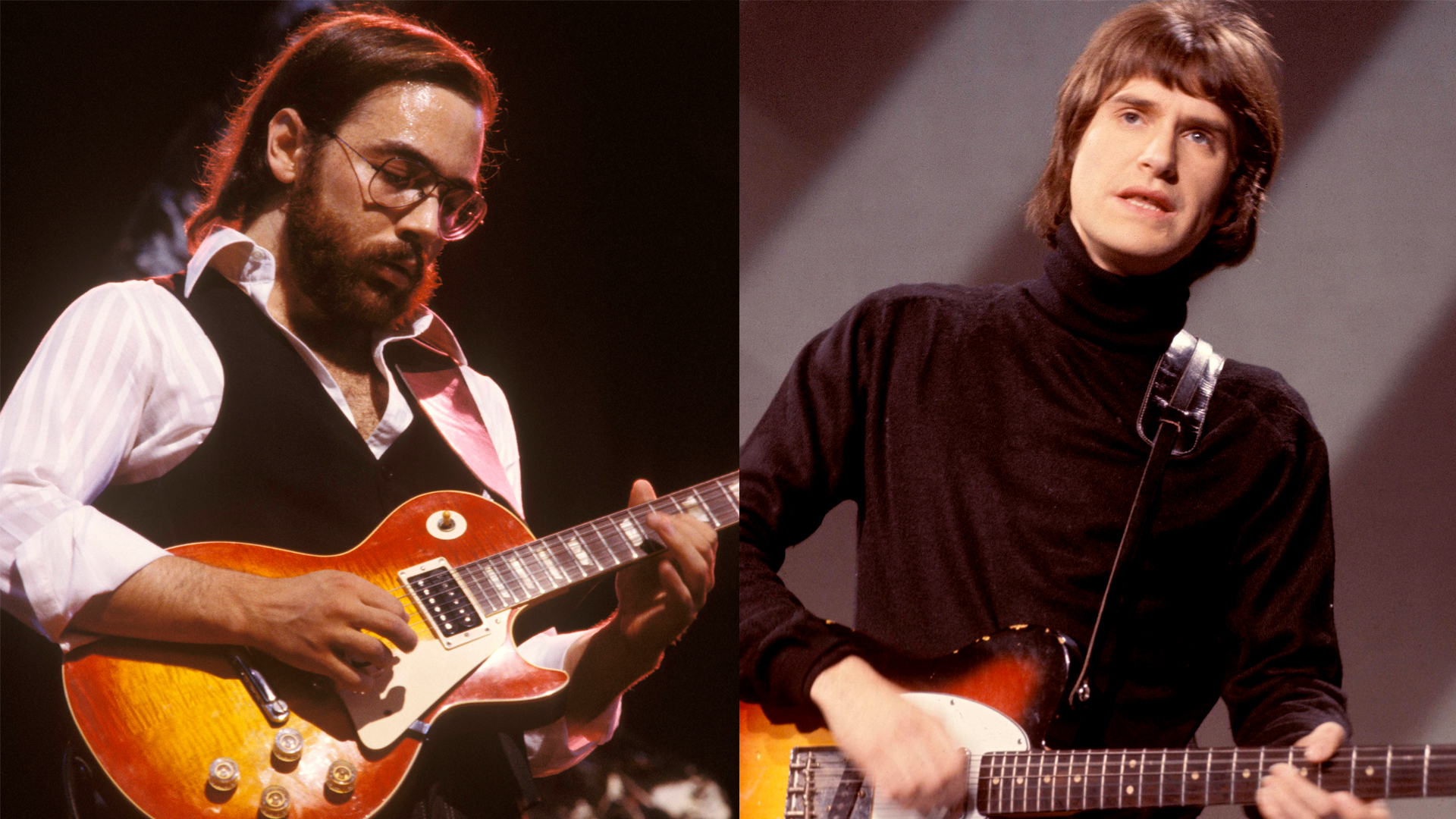Stevie Ray Vaughan’s "Let's Dance" 1964 Fender Vibroverb is Up for Sale
This was the amp through which millions first heard the Texan's unmistakable guitar work.
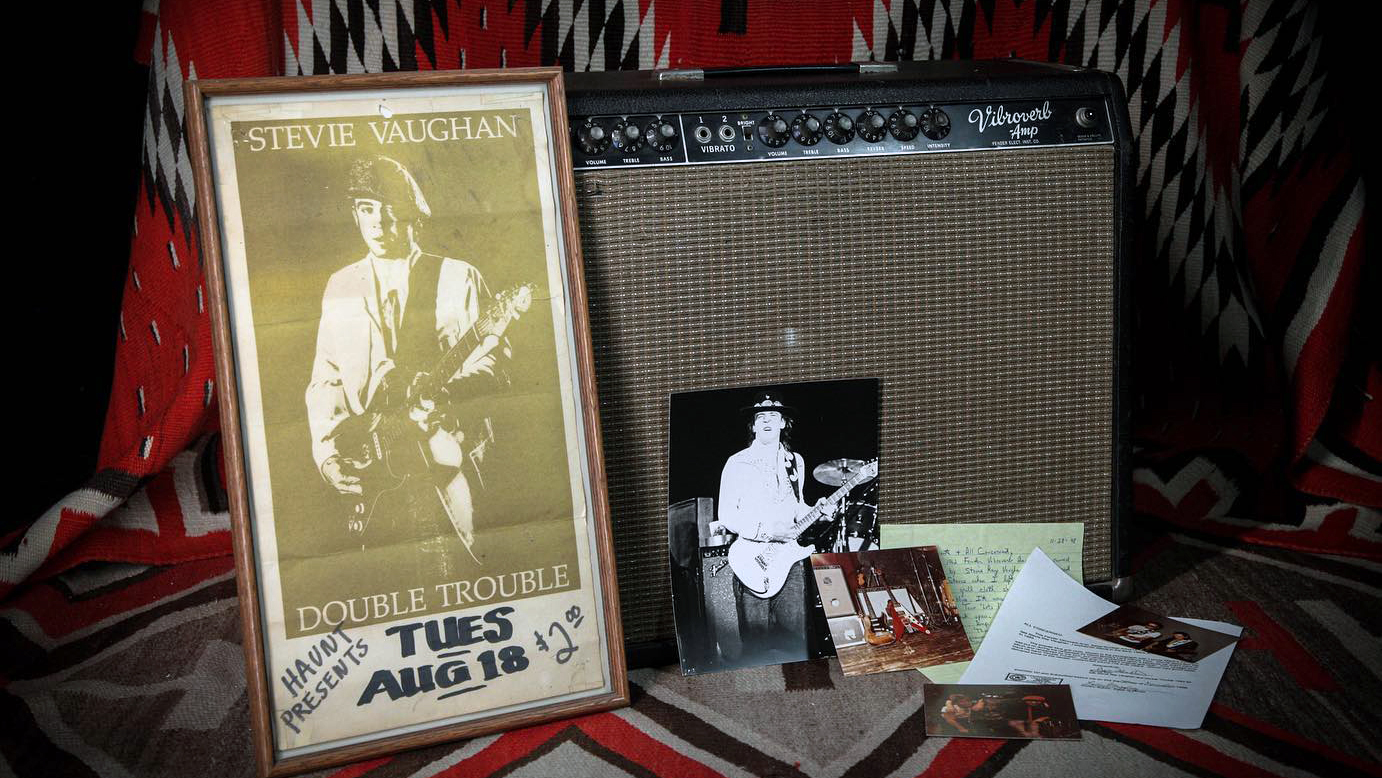
A 1964 Fender Vibroverb amp once owned by Stevie Ray Vaughan and used for his legendary guitar work on David Bowie's 1983 blockbuster, Let's Dance, is up for sale.
The amp was acquired by Nashville vintage guitar dealer Rumble Seat Music and arrived with a number of pieces of documentation, which included a handwritten note, a Double Trouble poster, photos of the amp, and more.
Vaughan first met Bowie after his set at the 1982 Montreux Jazz Festival. Bowie immediately took a liking to the Texan – who at the time was still largely unknown – and invited Vaughan to the studio contribute to Let’s Dance.
Vaughan lent an incendiary outro solo to the hit title track, and memorable six-string contributions to "China Girl," "Cat People (Putting Out the Fire)," and three other songs on the album. Let's Dance – which topped charts around the world – was the first exposure millions of listeners had to Vaughan's unmistakable, always-moving and melodic lead work.
A post shared by Rumble Seat Music (@rumbleseatmusic)
A photo posted by on
Vaughan would go on to accept a slot in Bowie's touring band, but his resistance to the stage choreography Bowie desired and the refusal of Bowie's management to allow Vaughan and Double Trouble to open select dates on the tour – or promote their forthcoming debut album, Texas Flood, at all – led Vaughan's management to sever his relationship with Bowie entirely before the tour even began.
Though this particular Vibroverb's role in Vaughan's sound beyond Let's Dance is unknown, it's rumored that its spectacular condition is due in part to Vaughan setting it aside for the Bowie tour, and never bringing it back to his rig after he pulled out.
Vibroverbs in general were one of Vaughan's favorite amps, and were one of the main sources of his trademark sound.
Get The Pick Newsletter
All the latest guitar news, interviews, lessons, reviews, deals and more, direct to your inbox!

Jackson is an Associate Editor at GuitarWorld.com and GuitarPlayer.com. He’s been writing and editing stories about new gear, technique and guitar-driven music both old and new since 2014, and has also written extensively on the same topics for Guitar Player. Elsewhere, his album reviews and essays have appeared in Louder and Unrecorded. Though open to music of all kinds, his greatest love has always been indie, and everything that falls under its massive umbrella. To that end, you can find him on Twitter crowing about whatever great new guitar band you need to drop everything to hear right now.
Guitar Center's Guitar-A-Thon is back, and it includes a colossal $600 off a Gibson Les Paul, $180 off a Fender Strat, and a slew of new exclusive models
"We tried every guitar for weeks, and nothing would fit. And then, one day, we pulled this out." Mike Campbell on his "Red Dog" Telecaster, the guitar behind Tom Petty & the Heartbreakers' "Refugee" and the focus of two new Fender tribute models

